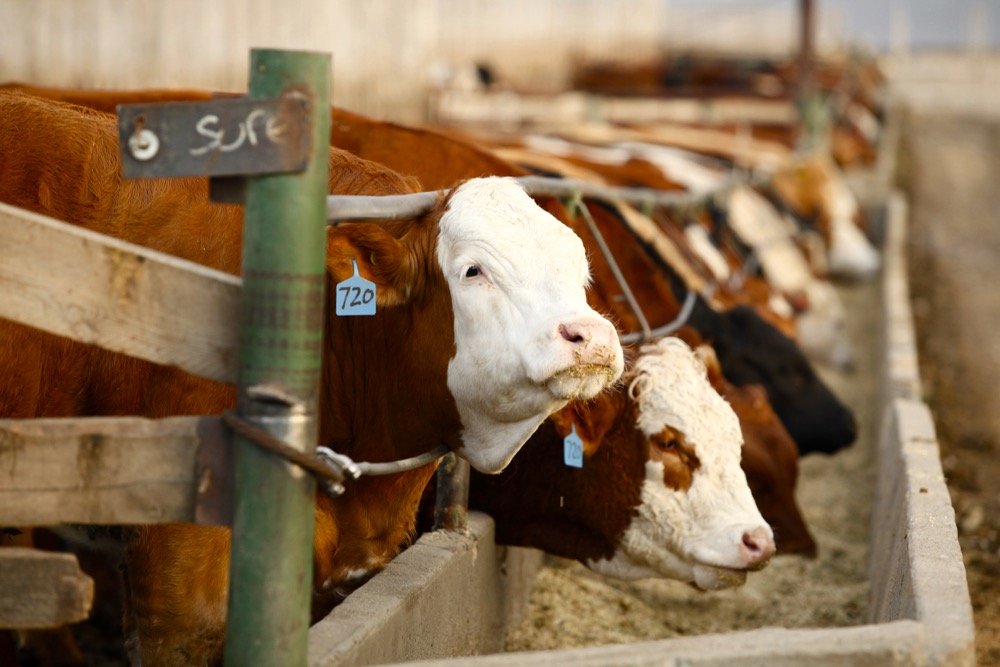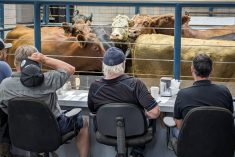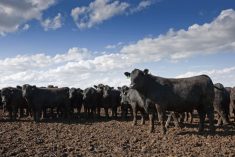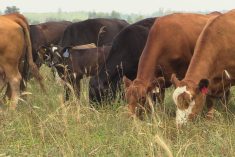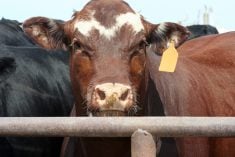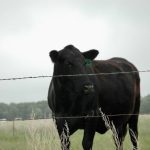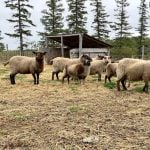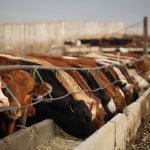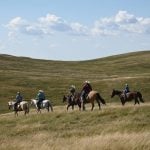Compared to last week, western Canadian yearling markets traded $2-$4 higher on average; calves traded $2 to as much as $6 higher.
The feeder market has recovered after a softer tone earlier in October. Favourable weather in southern Alberta over the past week caused Lethbridge-area feedlots to step forward more aggressively, especially in the lighter weight categories. Many auction barns held feature sales and larger supplies were met with moderate demand. Yearlings led the feeder complex higher and prices for 800-plus-lb. cattle were notably stronger in Manitoba and Saskatchewan. Transportation concerns have eased.
Read Also

U.S. grains: CBOT soybeans, corn, wheat fall in USDA data aftermath
Chicago grains took a dive on Friday, following a closely watched U.S. government crop report and the release of export data that could provide clues into Chinese buying.
High volume of yearlings were offered this past week with ranchers finally moving cattle that would normally sell a month earlier. In central Alberta, larger-frame mixed steers with medium flesh levels weighing 925 lbs. were quoted at $188 while larger-frame lower-flesh mixed heifers averaging 925 lbs. were valued at $183. In central Manitoba, black medium- to larger-frame steers weighing 900 lbs. sold for $191 while Charolais-based heifers averaging 920 lbs. were valued at $180. Lethbridge-area feedlots were shopping outside the local area, which enhanced values across the Prairies.
Calves were generally stronger but health programs continue to dictate value. Unweaned, unvaccinated calves were discounted accordingly. Vaccinated unweaned tan steer calves weighing just over 500 lbs. reportedly sold for $230 in central Alberta; unvaccinated unweaned mixed steer calves weighing 515 lbs. were valued at $214 in Manitoba. Simmental blended vaccinated semi-weaned steers weighing 650 lbs. were valued at $218 in southern Alberta. Finishing feedlots placing calves in custom lots have been patient because of poor pen conditions.
Strength in the Canadian dollar has limited demand from south of the border. Weaker barley and feed wheat prices have also favoured feeding in Western Canada rather than shipping to the U.S.
Calendar year-to-date Canadian feeder cattle exports were 167,100 head for the week ending Oct. 5, up five per cent from last year. Western Canadian yearlings continue to trade near 52-week highs while U.S. feeder cattle are about $10 below year-ago levels.
— Jerry Klassen manages the Canadian office of Swiss-based grain trader GAP SA Grains and Produits Ltd. and is president and founder of Resilient Capital, specializing in proprietary commodity futures trading and market analysis. Jerry consults with feedlots on risk management and writes a weekly cattle market commentary. He can be reached at 204-504-8339 or via his website at ResilCapital.com.




